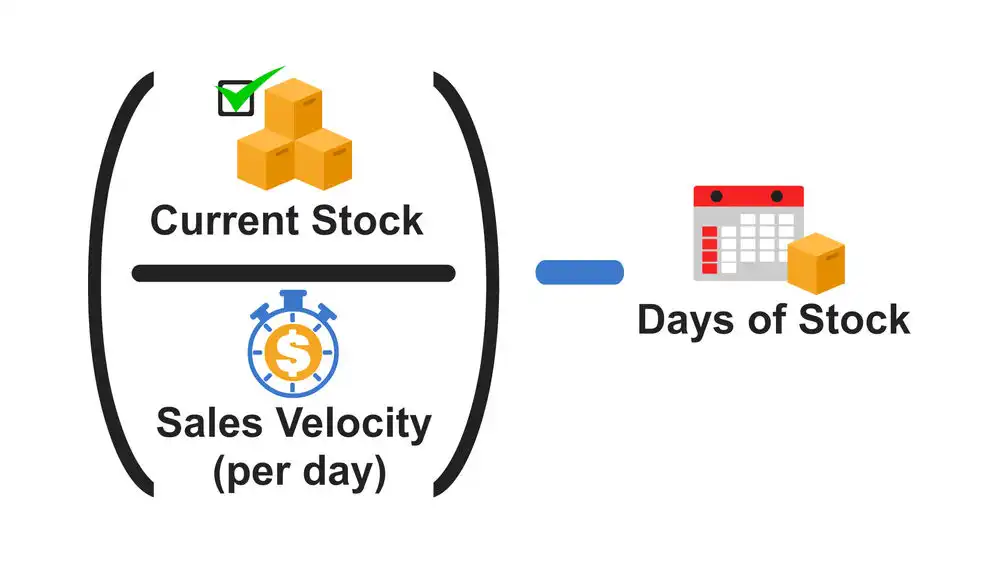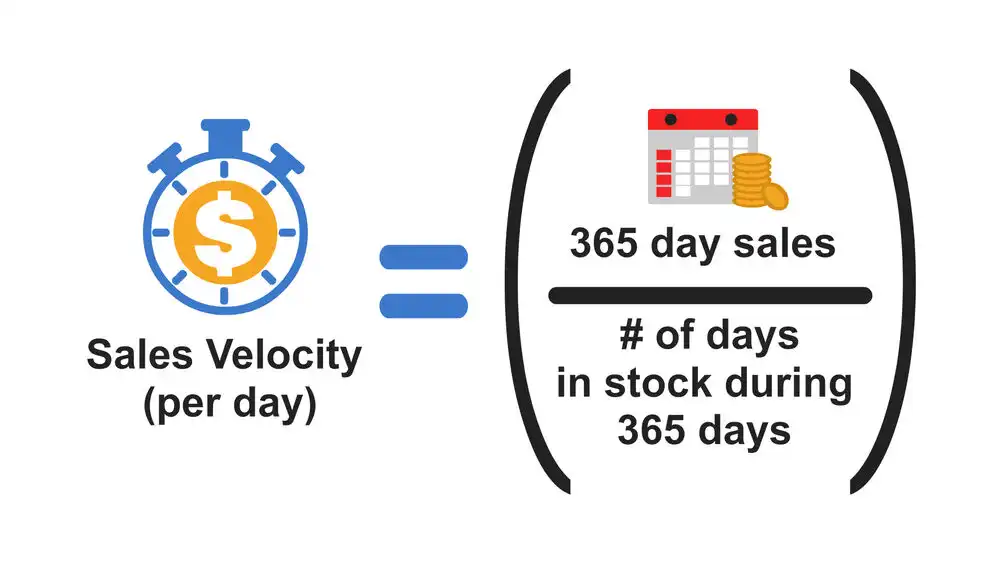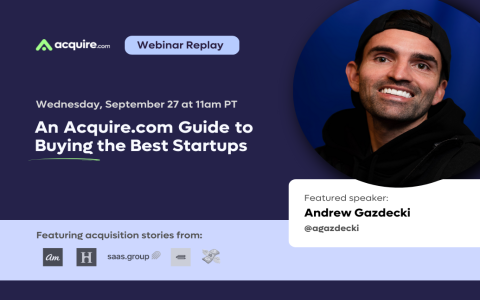Alright, let’s talk about this whole DTC valuations thing. It’s something I’ve been poking around in for a while now, and honestly, it’s been a bit of a ride trying to get my head around it.

My First Look
So, I started seeing these direct-to-consumer brands pop up everywhere, you know? Selling everything from socks to sofas, and suddenly they’re getting these huge valuations. I thought to myself, “Okay, what’s the secret sauce here?” My first step, like always, was just to observe and listen. I read a bunch of articles, listened to some podcasts where founders were talking.
The initial story was always super compelling. “We cut out the middleman!” they’d say. “We own the customer relationship!” And yeah, that sounds great. Lower prices, better data on customers. Makes sense on paper.
Digging into the Numbers (or Lack Thereof)
Then I tried to get into the actual numbers. This is where things started getting a bit murky for me. Everyone was talking about growth, growth, growth. Customer acquisition cost – CAC – was a big buzzword. Then there was lifetime value – LTV. The game seemed to be: get customers cheap, and make sure they spend a lot over time.
But here’s what I found when I started looking closer at some of these companies:
- A lot of them were spending a fortune on marketing. Like, an insane amount. That CAC wasn’t always so cheap.
- Profitability? That often seemed like an afterthought. “We’ll get there eventually,” was the vibe.
- The “story” seemed to be a massive part of the valuation. The brand, the mission, the potential to disrupt.
I remember trying to apply some traditional valuation metrics, you know, price-to-earnings, stuff like that. It just didn’t compute for a lot of these DTC darlings. They weren’t making much, or any, profit yet!

The “Aha!” Moment (Sort Of)
It took me a while, and a fair bit of head-scratching, to figure out what was really going on, at least from my perspective. It felt less like valuing a traditional business and more like betting on a concept. Investors were pouring money in, hoping these brands would become the next big thing, the next household name.
I started to see it as a different kind of game. The focus was on capturing market share, building a brand that people loved, and hoping the economics would sort themselves out later. Sometimes it worked, spectacularly. Other times, well, not so much. Companies would burn through cash, unable to make the numbers work once the initial hype died down or ad costs went up.
I even tried to model out a hypothetical DTC brand myself, just on a spreadsheet. What would it take to get to X valuation? The marketing spend required, the repeat purchase rates needed… it was eye-opening. It’s a tough game, much tougher than it looks from the glossy Instagram ads.
So, What’s My Takeaway?
After all this digging, my main takeaway is that DTC valuations are a complex beast. They’re not just about current profits. They’re about growth potential, brand strength, customer loyalty, and a healthy dose of storytelling. It’s a high-stakes environment. Some will win big, others will fade away.
For me, the practice was really about peeling back the layers. Moving past the hype and trying to understand the underlying drivers. It’s not always straightforward, and sometimes it feels like the rulebook is still being written. But it’s definitely an interesting space to watch, that’s for sure. I’m still learning, still observing. Every time a new DTC brand hits the headlines with a big valuation, I go back to my notes and see how it fits, or doesn’t fit, what I’ve seen before. It’s an ongoing process, this whole understanding thing.





